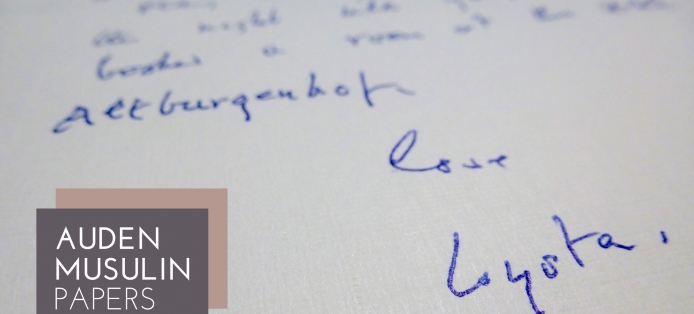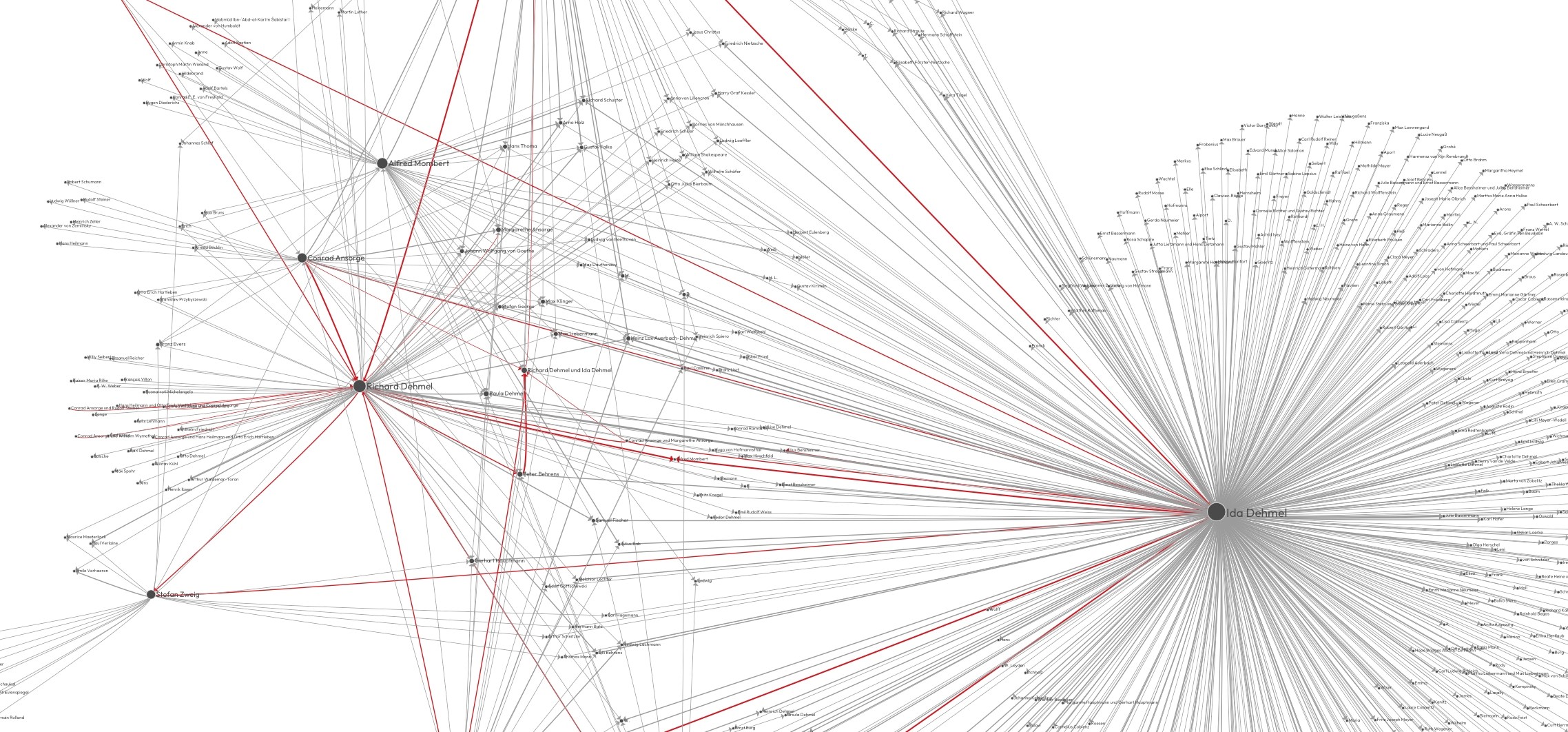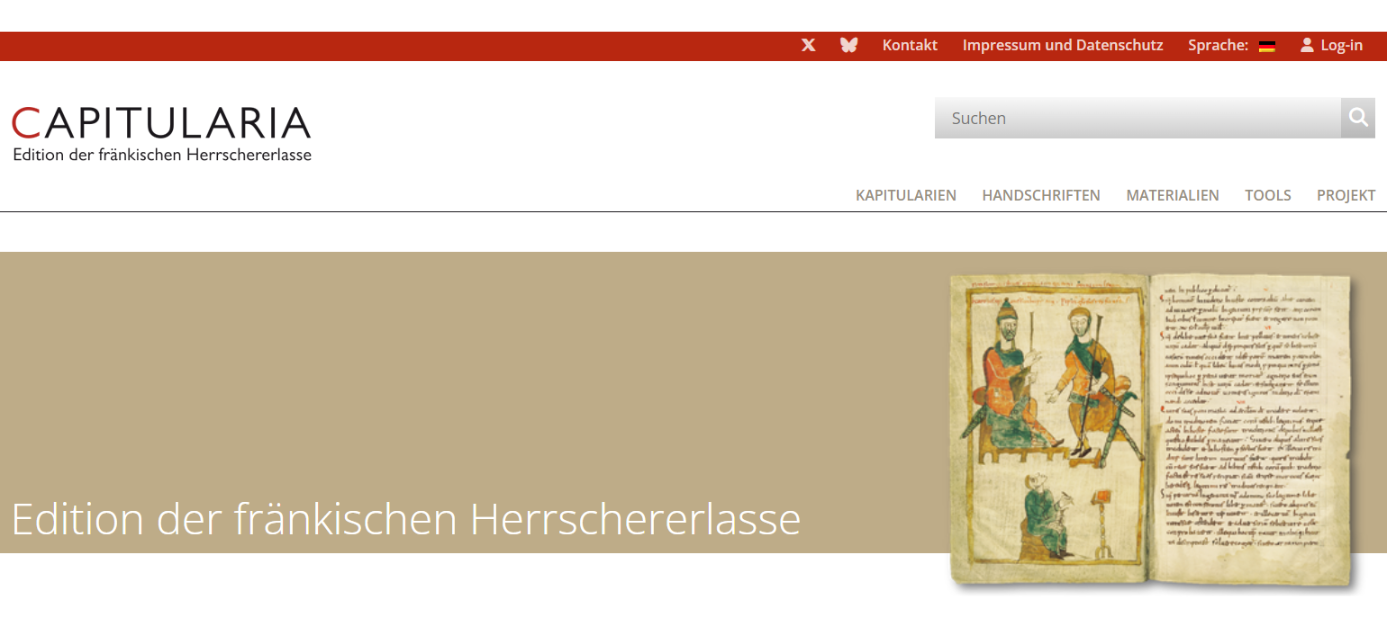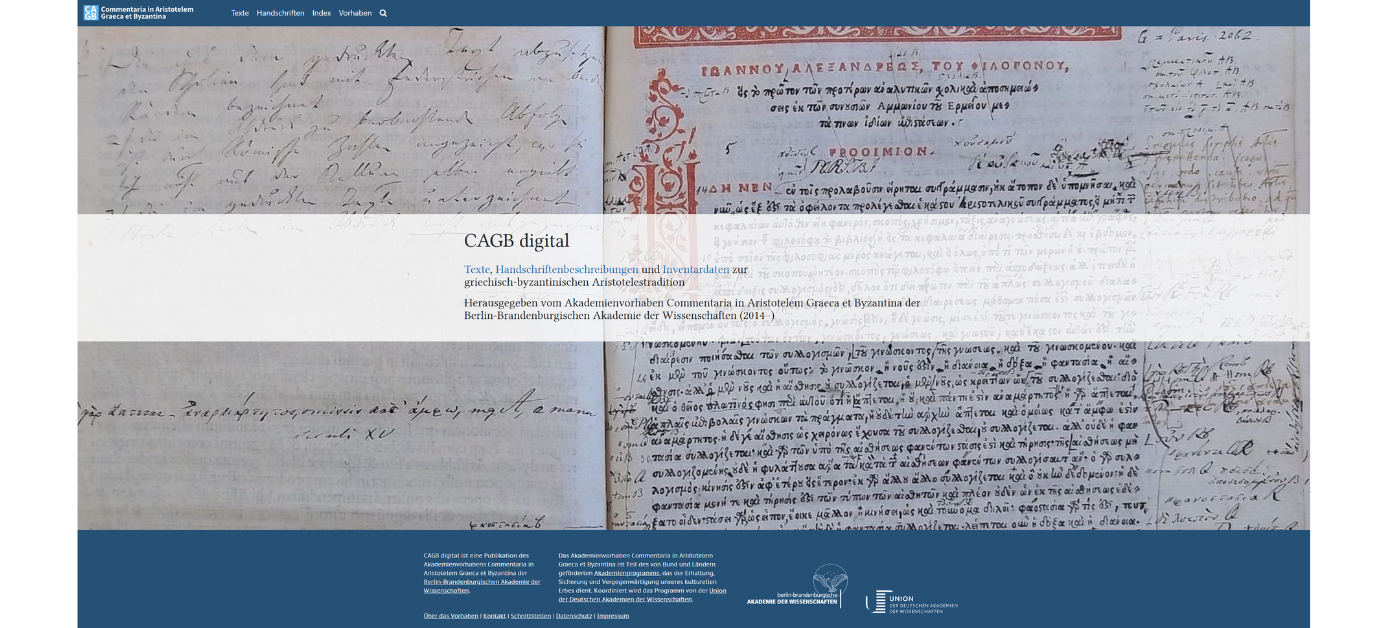
Von 1958 bis 1973 lebte und arbeitete der anglo-amerikanische Dichter Wystan Hugh Auden (1907-1973) viele Monate im Jahr im niederösterreichischen
Short description of the project
The Trier dictionary network offers access to more than 40 dictionaries and reference works, which can either be called up individually or queried together using a comprehensive search. At the same time, the dictionaries are interlinked at keyword level so that iterative navigation within the dictionary network is possible.
The resources brought together in the dictionary network are fed from two types of data sources. On the one hand, these are dictionaries that have been created through the retro-digitisation projects carried out at the TCDH (including the German Dictionary by Jacob Grimm and Wilhelm Grimm). On the other hand, dictionaries created at other locations are integrated in such a way that their keyword lists can be queried via the dictionary network database and are directly linked to the external publications.
Project content
Digital reference works, like their printed counterparts, are related to each other in many ways and are thus implicitly "networked" to a certain extent; however, due to the differences in the layout, arrangement and structure of the individual works, a comprehensive, integrated search is not readily possible in the digital medium either. Reference works, however, which are divided into standardised and thus comparable information units by means of content-structural markup and enriched by metadata, make the implicit networks explicit. This enables a new quality of information retrieval to be achieved and closes the gap between the cumbersome usability and limited availability of book versions on the one hand and the lack of systematisation and arbitrariness of information in conventional Internet search engines on the other.
The dictionary network links both the TCDH's own resources and dictionaries published by other institutions. It also offers the possibility of being accessed from external electronic documents. Each user can query the persistent address of the relevant article and integrate it into their own electronic text, for example to link the reference to a dictionary article directly to the resource on the TCDH server. In addition to this interactive individual linking, the complete keyword lists and hit lists for searches carried out are also made available with the associated addresses in order to realise comprehensive networking between an external dictionary installation and the resources in the dictionary network. There are already links from the German Legal Dictionary, the Dictionary of the German Winegrowers' Language into the dictionary network and also from Wikipedia.
Bayerische Akademie der Wissenschaften; Berlin-Brandenburgische Akademie der Wissenschaften Berlin; Akademie der Wissenschaften zu Göttingen, Heidelberger Akademie der Wissenschaften; Akademie der Wissenschaften und der Literatur, Mainz; Universität Trier – Universitätsbibliothek Trier; Université du Luxembourg; Sächsische Akademie der Wissenschaften zu Leipzig; Schweizerischen Akademie der Geistes- und Sozialwissenschaften (SAGW); Universität Salzburg, Österreich; Johannes Gutenberg-Universität Mainz; Technische Universität Darmstadt; Landesgeschichtliches Informationssystem Hessen (lagis); Kommission für Mundart- und Namenforschung Westfalens; Verlag Kohlhammer, Stuttgart; Verlag Zweitausendeins, Leipzig; TextGrid; S. Hirzel Verlag, Stuttgart; Zeno.org – Meine Bibliothek
Dr. Thomas Burch (TCDH)
burch@uni-trier.de
Prof. Dr. Claudine Moulin (TCDH)
moulin@uni-trier.de
Find out more at
www.woerterbuchnetz.de
Add your DH research project to the project showcase by submitting a short project description via the web form. Enter project data, a brief description, a graphic or visualization as well as a detailed description of the project content with technical assignment, addressees, added value, project managers, funding information and duration.

Von 1958 bis 1973 lebte und arbeitete der anglo-amerikanische Dichter Wystan Hugh Auden (1907-1973) viele Monate im Jahr im niederösterreichischen

Der DARIAH-DE Geo-Browser ermöglicht eine vergleichende Visualisierung mehrerer Anfragen und unterstützt die Darstellung von Daten und deren Visualisierung in einer

In Kooperation zwischen der Universität Hamburg und der Staats- und Universitätsbibliothek Hamburg werden die ca. 35.000 handschriftlichen Originalbriefe des Dehmel-Archivs

Das von der Deutschen Forschungsgemeinschaft geförderte Projekt Diccionario del Español Medieval electrónico (DEMel) hat zum Ziel, der Öffentlichkeit ein lemmatisiertes

Das DARIAH-DE Repository ist eine zentrale Komponente der DARIAH-DE Forschungsdaten-Föderationsarchitektur, die verschiedene Dienste und Anwendungen aggregiert und so komfortabel nutzbar

Die Website „Der Holocaust in Ungarn und die Deportationen nach Norddeutschland“ präsentiert Ergebnisse aus dem transnationalen Projekt „Digitale Gedenk- und

The project is preparing a new edition of the Frankish capitularies, which are among the central legal sources of the European Middle Ages. On the one hand, these rulers' decrees will be critically edited as individual pieces and published in their reconstructed form with translation in print; on the other hand, the collections central to the history of their impact and reception will be catalogued and made accessible to researchers in a digital edition.

The academy project has as its aim the philological analysis and the critical edition of ancient and byzantine commentaries, paraphrases, compendia and scholia on Aristotle’s works.